Cultivation Jam Journey - The Home of Pleia

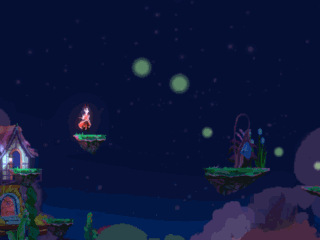
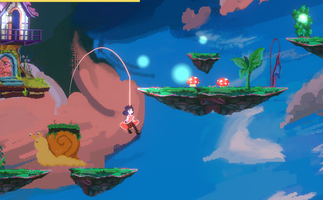
I thought I would bring you all along on a little bit of the last two week's journey for the game jam of The Home Of Pleia, and show some of the behind the scenes parts of it.
The Inspiration:
I just finished up Portal Hurdle Portal Hurdle by juzek, yinawang (itch.io) a little platformer for the Game Boy Showdown. I found Yina for art from that and loved her style, but game boys proved extremely limited in allowing for art to happen, so I was wanting to do another project that was better able to showcase good art. That is when I found the Cultivation Jam, and thought of it as a perfect medium.
I love Ghibli movies, and kind of wanted to make an homage to them. They all seem to have this relaxing vibe, and are confidently unafraid to be slow paced.
The moving house is from Howel's moving castle. I thought it was a good idea to have an infinite scrolling platformer, but I still wanted a home base to go back to. Having a base that slowly plodded behind you was a great solution!
From Ponyo, Ponyo's father, Fujimoto is a sea wizard who is collecting precious glowy liquid to bring back the Cambrian age, and it got me thinking "how does he collect it?" and that gave the idea of going into the environment and generally collecting little bits of magic, and cultivating it to have bigger rewards.
From The Secret World of Arrietty came the scale, and the emphasis on bugs.
Originally the plan was to go with a more fungal forest route for the environment, with additional layers for parallax backgrounds, and that was more roughly inspired by Nausicaa of the Valley of the Wind. (and indeed there could be multiple environments to traverse if we develop it more)
The Team:
We knew it would be art heavy, so we brought on Christina (my wife) who is an excellent illustrator, painting instructor, children's book author (Chubby Worm Art - Red The Raccoon Book (google.com)), and character artist, but had never done pixel art or animation before (but was ready to learn). it wasn't long before we had a cute mushroom and surprised snail.

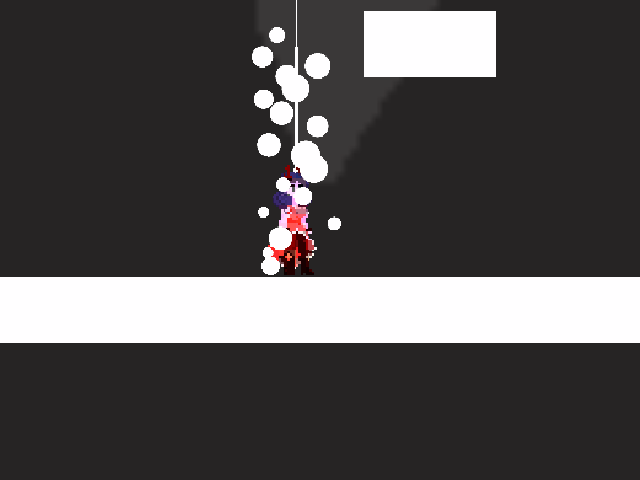
I needed good music to promote the relaxing vibes, and turned to Jamie Whitmarsh (Video Game Music | A103 Productions) who worked with me on Dance Dance Retro :Dance Dance Retro by juzek, MrFunkyland, JackLuxon, MisterMinisterMaster, A103 Productions (itch.io) and is a super legit professional classical musician and composer with access to a sound studio (And he VOLUNTEERED for this FOR FREE). The 10 minute looping sound track follows the day/night cycle and features a live recording clarinet solo played by Lisa Kachouee. In a few days I had a score to review, and with only one round of comments and adjustments had a fully composed and mixed and recorded work. He also does sound effects
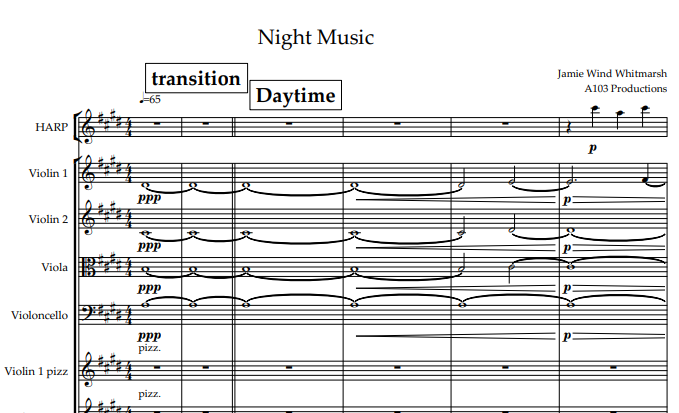
I asked my friend ChaosConstant to just work on the procedural generation engine for the back end, figuring that would be a big task, and allow me more time to bring everything together. ONE DAY later he had that done, and we never had to adjust it. He was able to help out with a lot of other programming, and to fix my strange computer issues and my amateur use of version control through the rest of the jam. We have a history of working together with at least 6 started (and not finished) game concepts we made together. 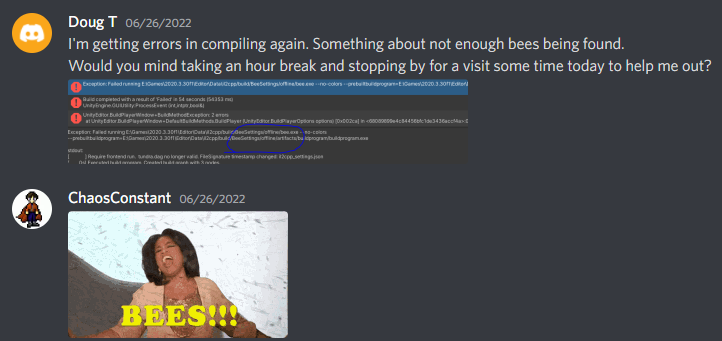
I new I wanted some characters to help keep interest by the time the novelty of the platforms wear off. after a few conversations with Lawrence, a writer (Invazorzim) I had a better idea of who should be in the game, and a title character name: Pleia
Yina's art is vibrant and colorful: YiNa Wang (yinadesu.com)
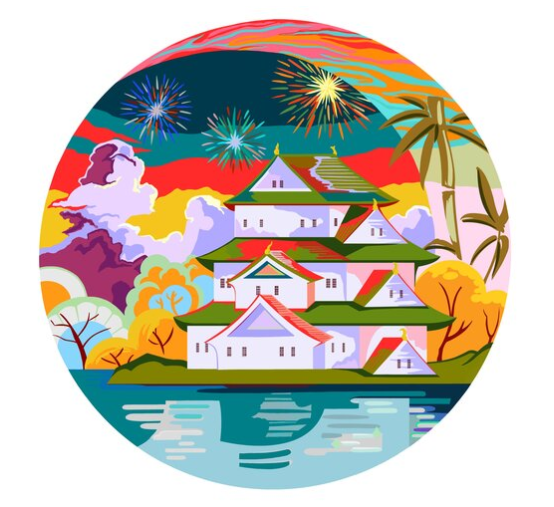
She got to work immediately on a house concept which was replaced with a final version in a few days:
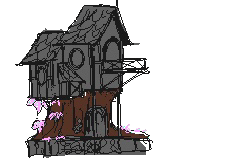
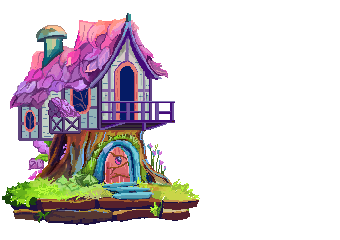
The most technically challenging thing I demanded was a backdrop that was a day , sunset, night sky, and sunrise all seamless. It had to scroll vertically in time with the time of day, and thus had to loop in that direction, and it had to scroll horizontally as the player moved across and scroll that direction. I think it wound up being a perfect backdrop to pull all the art together.
Here is the backdrop in action, I have two copies of it, and when the house moves far enough, both copies jump precisely one width to make a transition the player never notices. The same thing happens vertically with the height.
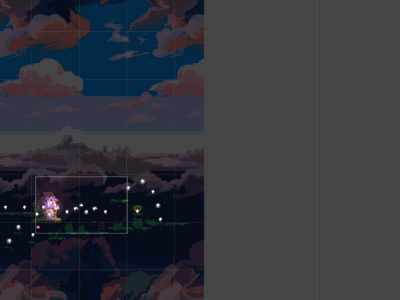
Also noticeable in the gif is that the platforms spawn when the camera gets close to the most recently spawned portion, and they de-spawn after the house passes by to ensure there is no memory leakage.
Design Details:
to coordinate a big team, we had to be organized. We used trello for task tracking, Discord for communication, and a big google doc for the game design. In the design document
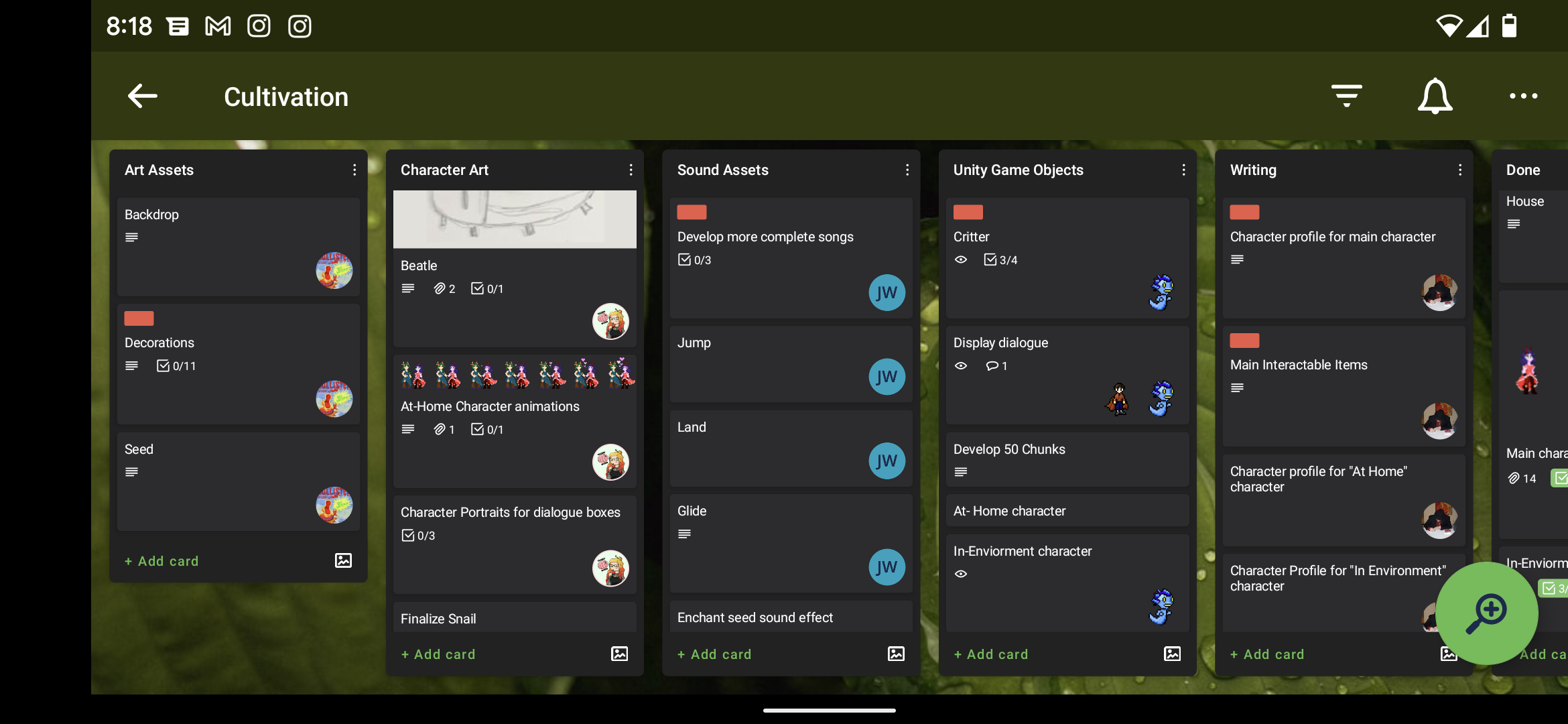
The first thing in the google doc, was a bunch of reference pictures from Pinterest and google images to keep the art cohesive and consistent.
I tried to describe each system, and define terminology so that we could properly communicate
ProcGen Engine Rules: Must be able to progress given the current abilities of the player Must show resources that are unavailable, but could become more available if the player upgrades ProcGen Engine Terminology : Loop - The chunks and rests between check points Checkpoint - the place where the player respawns if they encounter a hazard. There should also be something of interest here that can be interacted with. Rest - Space in between two chunks Element - One single jump or game object or hazard. Margin- the amount of forgiveness in precision required to complete an element. Currency - Passing through an element will often spend something like a single jump or dash. Chunk - A series of elements that must be tackled consecutively without a rest. Keep in mind what currencies are available when adding an additional element to the chunk. Hazard - dangerous things that impede the space or timing (Flow)you have allotted to you. Flow - ultimate flow zen is running in a straight line to the right. Branch - option of whether to choose a different path. A more difficult path should impede the flow upon choosing it.
As the saying goes "If you can't write it down, you don't understand it" so writing everything out also helped to solidify the design we were attempting.
I scribbled in paint to story-board a player's experience (MS Paint) as I imagined it would turn out: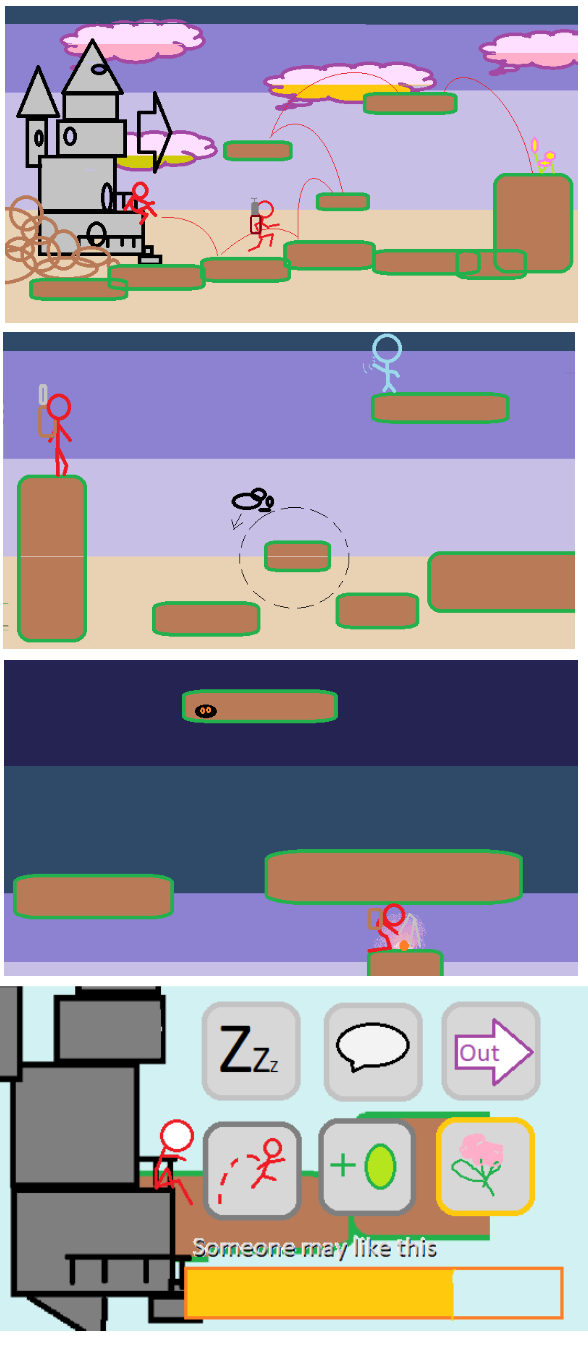
Of course things get changed as you go, and we wound up making cuts of content 3 times in the two weeks an intuitive interior of the house with items to interact with instead of a menu was replaced by a simple menu, additional characters and plot was cut to just two characters and "Mossy" who you can discover. To help with the pacing of the jam reviewers (to progress fast) and to ease the amount of platform bits I had to make (only about 40 now) we removed the original plan to ramp up and add more difficult platforms as the story progressed, forcing you to upgrade your abilities as well.
Christina was hoping to have images for the cutscenes, but wouldn't have been able to finish them, so the players get a black screen for now.

In a point of brilliance, I slowed down time to make sure the animations were aligning with the actions, and I liked how calm and smooth the game suddenly became. So I left it slow, and now the game runs at 70% of "Normal" all the time.
I was trying to shoot for a higher skill cap, but a low level of consequence to failure. Taking to heart Stardew Valley's example, where there are parts of the game where a lot of skill is required (fishing, mining) but the worst thing that happens is that you don't progress for that time you spent, and those challenges are totally optional. See Massimini, Csíkszentmihályi's model of Flow: Flow (psychology) - Wikipedia . Thus I wanted no consequences to happen to the player upon hitting a critter, or falling off a cliff, and framed avoiding critters to be for their own benefit, and it helps you later by providing some magic as they pass your house.
It was a little scary to force the player to stop and wait some times, (for a snail to get out of the way, or for a flutterer to move) but life is so fast that forcing it to be a little slower can help with the relaxing vibe. After discovering this, I tried to balance the rate of magic generation to be slow enough that the player needed a few trips out each bar before making a purchase.
The house plods along very slowly when you can see it, but when it's about a frame and a half out of view, it sprints and chases you. I was worried about having a Creepy Watson Glitch effect of it suddenly appearing behind you, but it has enough space not to startle the player. I am pleased that most players prefer to go back tracking to get to their house, when mechanically its much simpler and faster just to jump off a cliff. I was worried that going left in a platformer would feel "wrong", but it seems to have worked out. The player constantly climbs upwards in general over the course of the game, so going home is a slight gradual downhill, and should make the jumps a little easier. (and much easier when you get glide).
Early testing revealed that people were more interested in purchasing jumping upgrades than progressing the plot via a magic donation to the lantern, and that some people missed that there was a plot at all, so we limited at least the first purchase to ONLY be the lantern, and force the player to realize there is indeed a plot. Afterwards we allowed more options.
Files
Elowen's Light
A relaxing infinite platformer. Cultivate the landscape for magic to restore your companion.
More posts
- Hunkering Down for the Long Haul: From Jam to Final DevelopmentMar 02, 2023
- Devtober PostmortemOct 29, 2022
- Smoothing out the EdgesSep 29, 2022
- Finding Our DirectionJul 28, 2022
Leave a comment
Log in with itch.io to leave a comment.